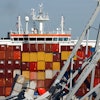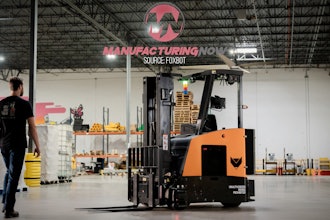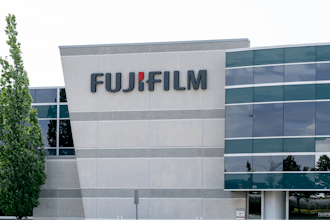When the San Onofre nuclear plant in San Clemente, CA shut down in 2012, it was a coda to a legacy of challenges including a reactor that was famously installed backwards in the 1970s, as well as improper wiring, falsified safety records and even reports of employees’ sabotaging equipment.
And while the San Onofre Nuclear Generating Station – often referred to as SONGS – is on the path to decommissioning, experts have expressed significant concerns over the millions of pounds of radioactive waste that will continue to be stored onsite.
In an op-ed for the LA Times, Steve Chapple – co-author of Breakpoint: Reckoning with America’s Environmental Crises is not mincing words, calling it a ‘Fukushima waiting to happen.’
But Chapple is just the messenger: the dire warning actually came from the mouth of Pam Patterson, a councilwoman for the city of San Juan Capistrano. Patterson had the ear of the President back in May, and stressed inherent threats: the 9/11 attackers had also considered nuclear facilities as targets, and some had trained just 50 miles down the road in San Diego. Without any real security at the decommissioned plant besides a few guards with guns, and no formal evacuation plan for the region, would the facility be at risk of an attack that could be catastrophic if it were unable to be contained?
But of more immediate danger, says Chapple, are parent company Southern California Edison’s plans to bury the spent nuclear fuel just 100 feet from the ocean, and a few feet above the water table. Steel storage containers have faced cracking and corrosion in the past. A crack even the size of a pinhole could make the containers explosive, according to the article.
The fact that the storage canisters that are near-impossible to monitor, let alone repair, are just some of the fundamental risks of this plan. But here’s another – SONGS sits near to an active fault line in a place where tsunamis have occurred in the past, meaning the comparison to Fukushima is, perhaps, terrifyingly apropos.
Chapple says there are many short term solutions – relocating the waste to higher ground or storing it in pools for the time being – but the only long term solution is to develop secure storage containers that could mitigate a host of risks. In the meantime, if the plan carries forth unchecked, Chapple likens the threat as “equal or worse” to that of an attack by North Korea.






















